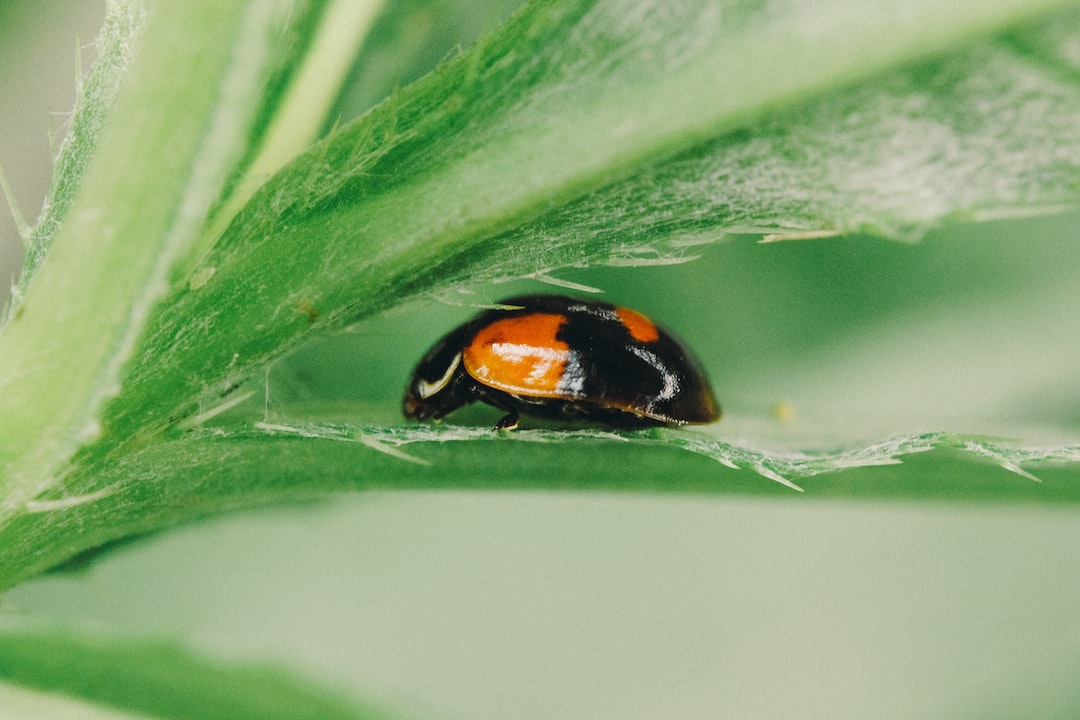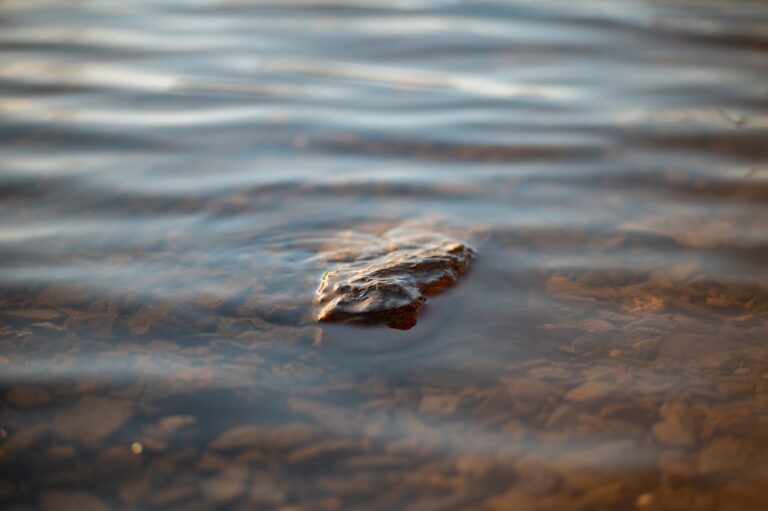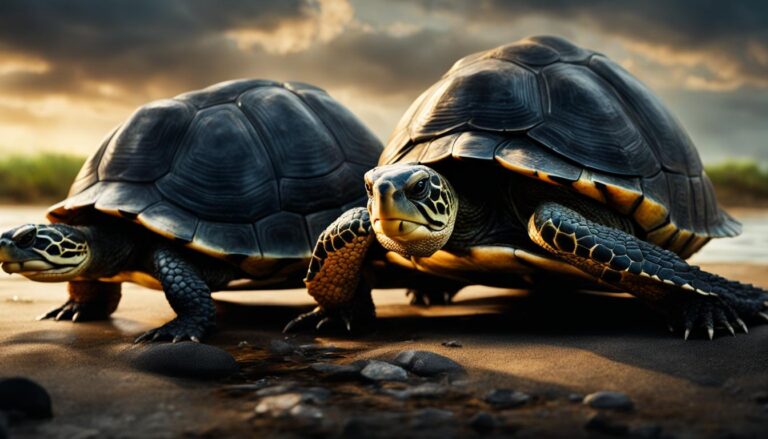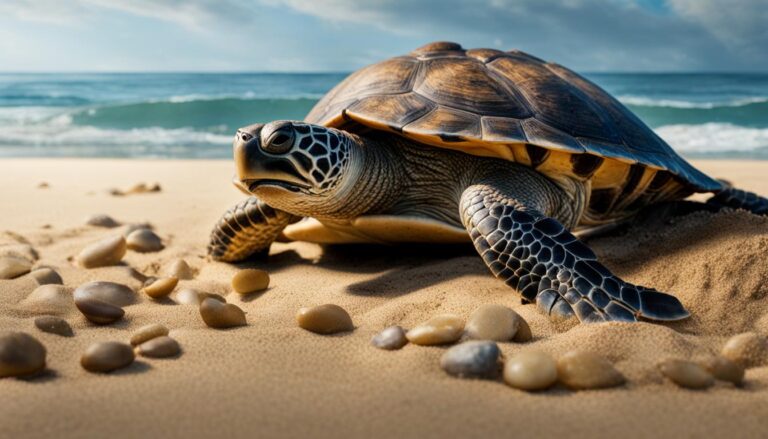Why Do Turtles Keep Moving After Death?
Post-mortem turtle movements refer to the phenomenon of turtles exhibiting reflexive movements after death. These movements can include twitching, flapping of limbs, and even attempts to crawl or swim. While this may seem like a bizarre occurrence, it has been observed in various species of turtles and has intrigued researchers for many years.
Research on post-mortem turtle movements dates back to the early 20th century when scientists first began documenting these unusual behaviors. Initially, these movements were dismissed as mere muscle contractions caused by the release of stored energy in the muscles. However, as more studies were conducted, it became clear that there was more to these movements than initially thought.
Table of Contents
The phenomenon of reflexive movements in turtles
Reflexive movements are involuntary actions that occur in response to a stimulus. They are controlled by the nervous system and do not require conscious thought or intention. In turtles, reflexive movements can be triggered by a variety of stimuli, including touch, temperature changes, or even the presence of predators.
One example of reflexive movements in turtles is the withdrawal reflex. When a turtle’s shell is touched or tapped, it will retract its head, limbs, and tail into its shell as a protective response. This reflex is essential for the survival of turtles in the wild as it helps them avoid potential threats.
Another example is the swimming reflex. When placed in water, even after death, turtles may exhibit swimming motions such as paddling their limbs or moving their heads from side to side. This reflex is believed to be an evolutionary adaptation that allows turtles to navigate through water and escape from predators.
Understanding the nervous system of turtles
To understand how reflexive movements occur in turtles, it is important to have an overview of their nervous system. Like other vertebrates, turtles have a central nervous system consisting of the brain and spinal cord, as well as a peripheral nervous system that includes nerves throughout the body.
The nervous system controls movement in turtles through a complex network of neurons. When a stimulus is detected by sensory receptors, such as touch or temperature receptors, it sends signals to the spinal cord and brain. These signals are then processed and interpreted, and appropriate motor responses are generated.
How do reflexive movements occur after death?
The occurrence of reflexive movements after death in turtles can be explained by the process of post-mortem muscle contractions. When an animal dies, the muscles lose their oxygen supply and energy production ceases. However, the muscles still contain stored energy in the form of adenosine triphosphate (ATP).
As the body begins to decompose, the breakdown of ATP releases energy, causing the muscles to contract. This can result in reflexive movements, as the muscles respond to stimuli even without input from the nervous system. These movements can continue for a period of time until the ATP reserves are depleted.
Factors that contribute to reflexive movements after death include the temperature of the environment and the condition of the muscles at the time of death. Higher temperatures can accelerate decomposition and increase muscle contractions, while colder temperatures can slow down the process.
Possible reasons behind post-mortem turtle movements
The evolutionary reasons for reflexive movements after death in turtles are not fully understood. One theory suggests that these movements may serve as a final attempt to escape from predators or dangerous situations. By exhibiting reflexive movements, even after death, turtles may confuse or deter potential threats.
Environmental factors can also trigger reflexive movements in turtles after death. For example, changes in temperature or humidity can stimulate muscle contractions. Additionally, external stimuli such as touch or vibrations can elicit reflexive responses in turtles, even without input from the nervous system.
The role of muscle memory in reflexive movements
Muscle memory plays a significant role in reflexive movements after death in turtles. Muscle memory refers to the ability of muscles to retain information about specific movements and actions. This memory is stored in the muscle fibers themselves and can be accessed even without input from the nervous system.
In the case of post-mortem turtle movements, muscle memory allows the muscles to continue performing certain actions, such as swimming or retracting into the shell, even after death. This is because the muscles have been trained through repetitive movements during the turtle’s lifetime.
The significance of post-mortem turtle movements in research
The study of post-mortem turtle movements has important implications for research on the nervous system. By observing these reflexive movements, researchers can gain insights into how the nervous system controls movement and how reflexes are generated.
Understanding the mechanisms behind post-mortem turtle movements can also have practical applications. For example, it can help improve our understanding of how reflexes are generated in other animals, including humans. This knowledge can be used to develop therapies for individuals with neurological disorders or injuries that affect movement.
Common misconceptions about post-mortem turtle movements
There are several misconceptions surrounding post-mortem turtle movements that need to be addressed. One common misconception is that these movements indicate that the turtle is still alive or experiencing pain. In reality, these movements are purely reflexive and do not involve any conscious thought or sensation.
Another misconception is that studying post-mortem turtle movements is unethical or cruel. However, it is important to note that these movements occur after death and do not cause any harm or suffering to the turtles. Additionally, studying these movements can provide valuable insights into the functioning of the nervous system and contribute to scientific knowledge.
Ethical considerations in studying post-mortem turtle movements
While studying post-mortem turtle movements is generally considered ethical, there are still ethical considerations that need to be taken into account. Researchers should ensure that their studies are conducted in a way that minimizes harm to turtles and respects their welfare.
One strategy for minimizing harm is to use non-invasive methods of observation, such as video recording or remote monitoring. This allows researchers to study post-mortem turtle movements without physically disturbing the turtles or causing them any stress.
Additionally, researchers should obtain the necessary permits and approvals from relevant authorities before conducting studies on post-mortem turtle movements. This ensures that the research is conducted in compliance with legal and ethical guidelines.
Implications and future directions for research on post-mortem turtle movements.
In conclusion, post-mortem turtle movements are a fascinating phenomenon that has intrigued researchers for many years. These reflexive movements provide valuable insights into the functioning of the nervous system and have potential applications in various fields of research.
Future research on post-mortem turtle movements could focus on further understanding the mechanisms behind these reflexive movements and their evolutionary significance. Additionally, studies could explore the potential therapeutic applications of this knowledge in the treatment of neurological disorders or injuries.
Overall, post-mortem turtle movements are a unique and intriguing area of study that continues to contribute to our understanding of the nervous system and its control over movement. By further exploring this phenomenon, researchers can uncover new insights into the complexities of the animal kingdom and potentially improve human health and well-being.
If you’re fascinated by the behavior of turtles, you might also be interested in learning about why turtles bite themselves. It’s a peculiar behavior that can have various causes and implications for their health. To find out more about this intriguing topic, check out this informative article on reptilefriend.com.







